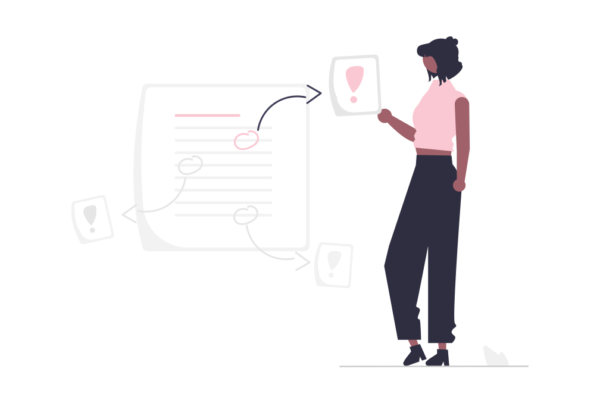📢 Attention all corporate trainers! Are you guilty of “winging it” when it comes to delivering your training sessions? If so, it’s time to reconsider your approach. Proper preparation is essential for effective training delivery. 💼🎓
As a trainer, you are responsible for equipping your audience with the knowledge and skills they need to excel in their roles. This requires careful planning, execution, and dare I say it? PRACTICE! 🏋️♂️
🚫 Without adequate preparation, your training sessions will lack structure, coherence, and engagement. Your audience may struggle to understand or retain the information you’re presenting, leading to poor outcomes. 📉
✅ Taking the time to prepare thoughtfully can lead to highly effective training sessions. Identify your audience’s needs, define clear objectives, and select relevant materials and methods. By practicing your delivery, you can ensure that your training is tailored to the specific needs of your audience. 📝✨
🎯 To begin your preparation journey, start by understanding your audience. What knowledge or experience do they already have with the topic? What challenges do they face in their roles? Tailor your training delivery accordingly. Remember, one size doesn’t fit all! 🎯
📚 Next, get a clear understanding of your measurable objectives for your training session. What do you want your participants to achieve by the end of the session? Clear objectives will guide your content creation and keep your training focused and on track. 📝✔️ Write down your learning objectives and make sure you’re clear on how you will drive them home for your participants.
🔍 Study your materials and methods to support your content. Practice introductions for interactive activities, group discussions, and hands-on exercises that keep your audience engaged and involved. Remember, variety is the spice of training! 🌶️🧠 Think through where you can inject applicable stories and analogies and practice them aloud.
🔄 Practice, practice, practice! Rehearse your delivery to build confidence and fluency. Pay attention to your pacing, tone, and body language. A well-practiced trainer exudes confidence and credibility. 🗣️💪 I recommend a three phases of practice. Phase one is a read through of the content in your head. You don’t need to say it out loud, just use your imagination to place yourself in the classroom for the readthrough. The second phase is a readthrough out loud. Sitting at your desk, still using your imagination to place yourself in the room. The last phase is a “dress rehearsal”. You don’t need to dress the part to be fair, but make sure you are in the classroom presenter in hand or in the virtual training room opening up all the activities, progressing through all the slides. The full production.
🤔 What are some of the best practices you have adopted for preparing a training session or program? Share in the comments below! I’d love to hear your insights and tips! 🤝🌟
Next time you’re preparing for a training session, take the time to plan and prepare properly. Your audience will thank you for it! Let’s make every training session a memorable and impactful learning experience. 🚀🎯




